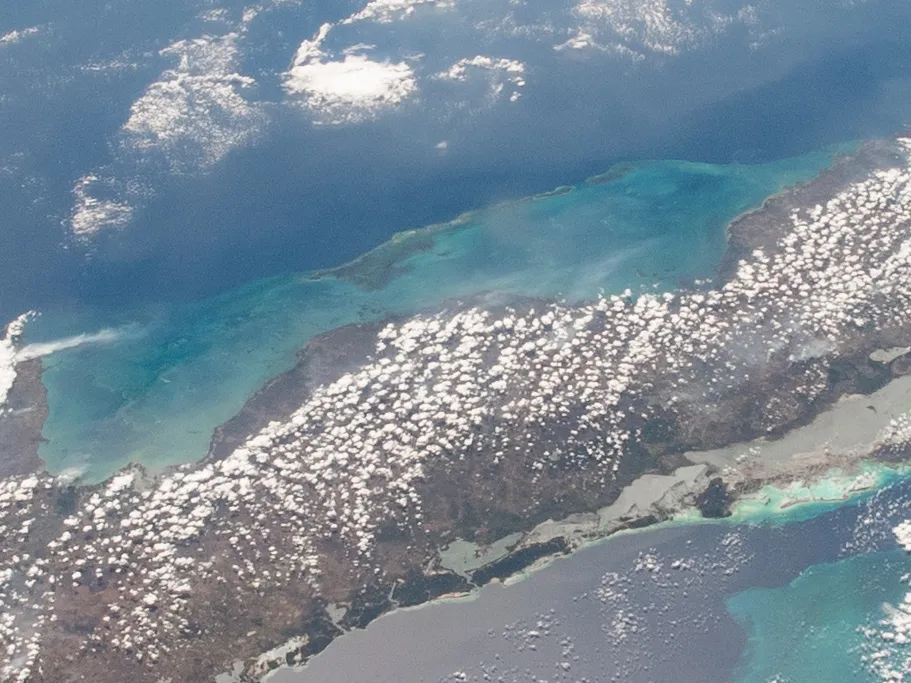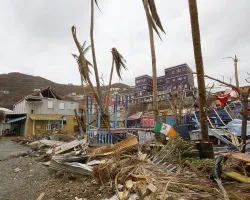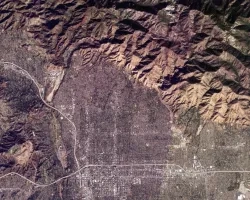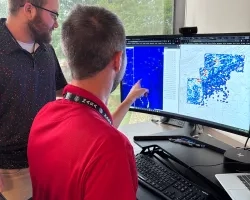
A new report from the United Nations Office for Disaster Risk Reduction (UNDRR) Regional Office of the Americas and the NASA Disasters Program emphasizes the value of practical, locally relevant technologies in helping vulnerable communities better prepare for and reduce disaster risk. Developed in partnership with NASA, the Private Sector Alliance for Disaster Resilient Societies (ARISE USA) and the Regional Scientific and Technical Advisory Group for the Americas and the Caribbean (RSTAG), the Special Report on the Use of Technology for Disaster Risk Reduction (Tech4DRR) underscores how tools are most effective when designed in collaboration with the people and places they’re intended to serve.
Tech4DRR examines how technology has evolved to support disaster risk reduction – from satellite-based monitoring and hazard modeling to early warning systems and community-level data tools. Drawing on real-world examples from the Americas and the Caribbean, the report highlights how advances in fields like AI and machine learning have improved our ability to detect, forecast, and respond to multiple hazards. Yet it also makes clear that even the most advanced tools can fall short when they’re not developed with local needs, infrastructure, and cultural context in mind. By focusing on fit-for-purpose solutions and community engagement, Tech4DRR offers a blueprint for developing technologies that are more accessible, useful, and impactful.
The report reflects a guiding principle of the NASA Disasters Program: that meaningful disaster risk reduction happens when science and technology are shaped by the needs and realities of the communities they serve – through both global collaboration and deep local engagement.
Read the UNDRR launch announcement: Tech4DRR: Democratizing Innovation to Reduce Disaster Risk.



